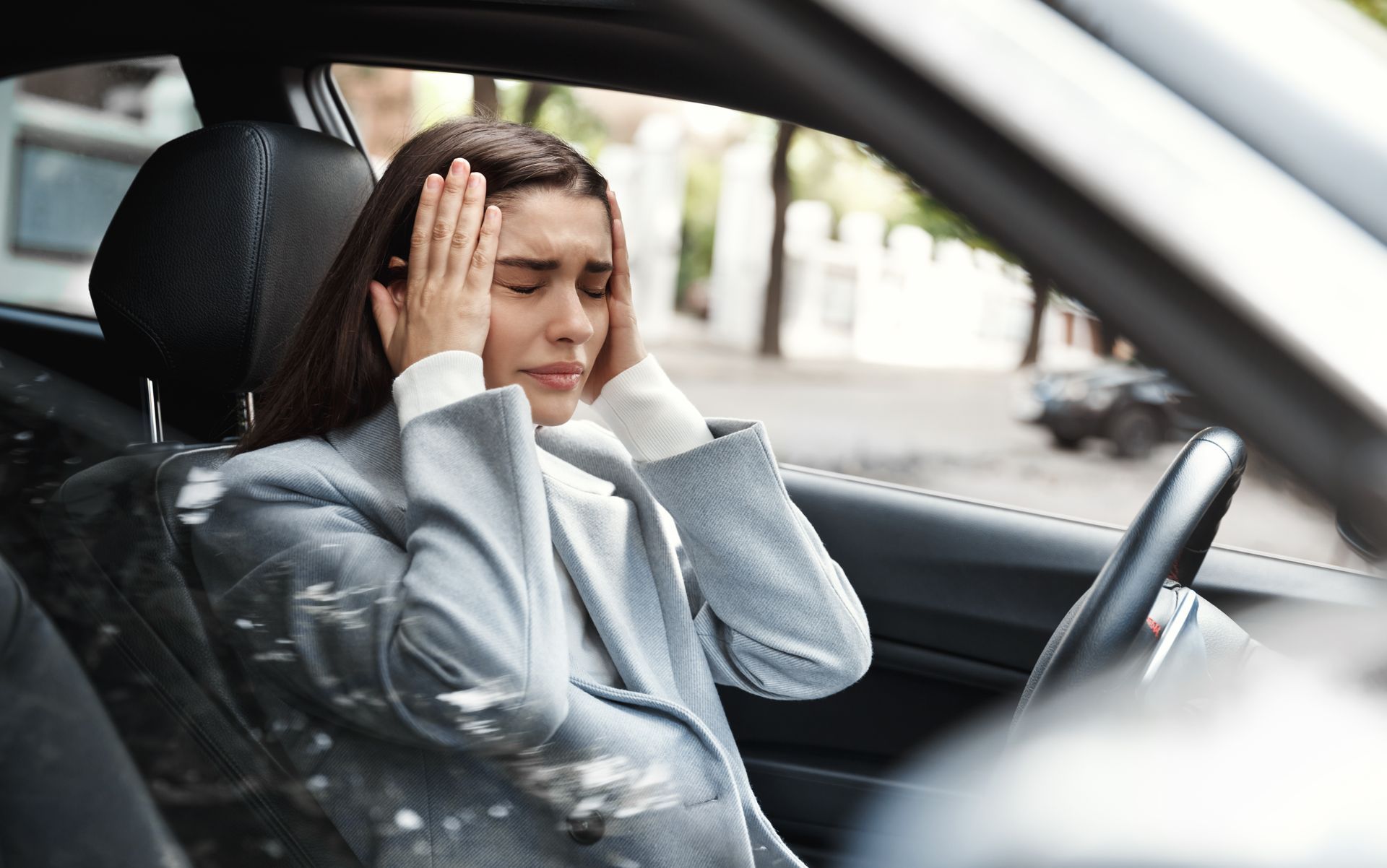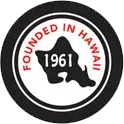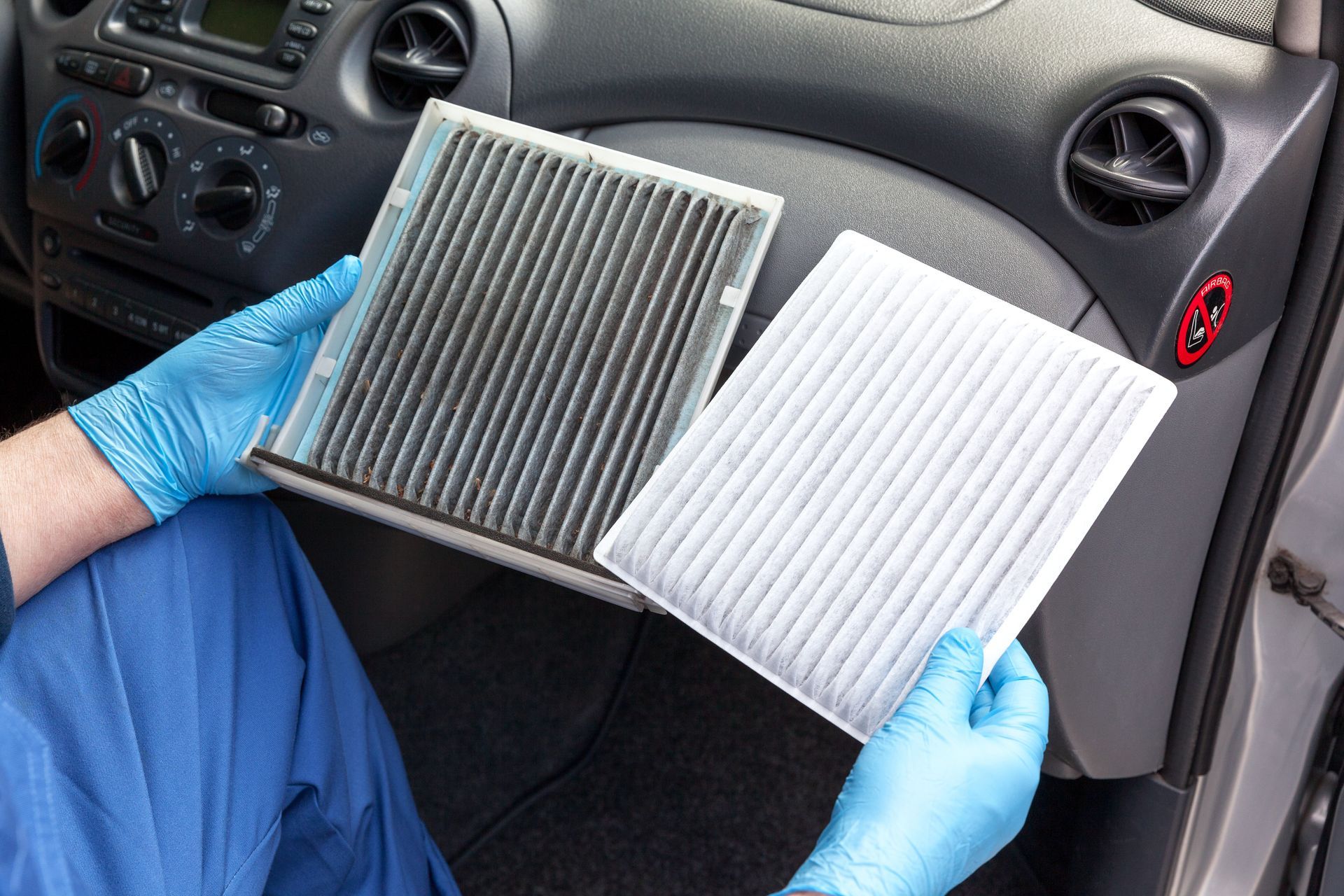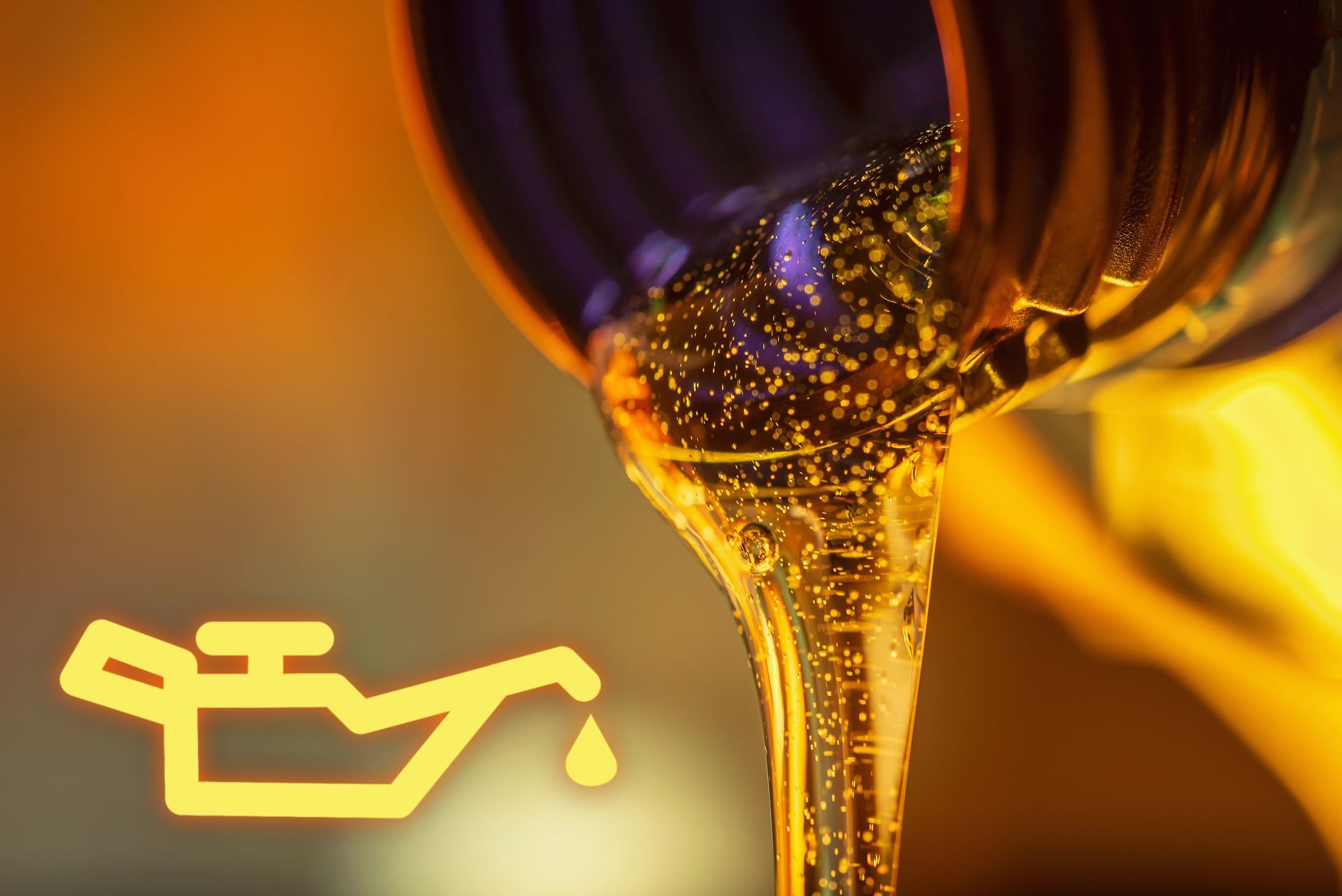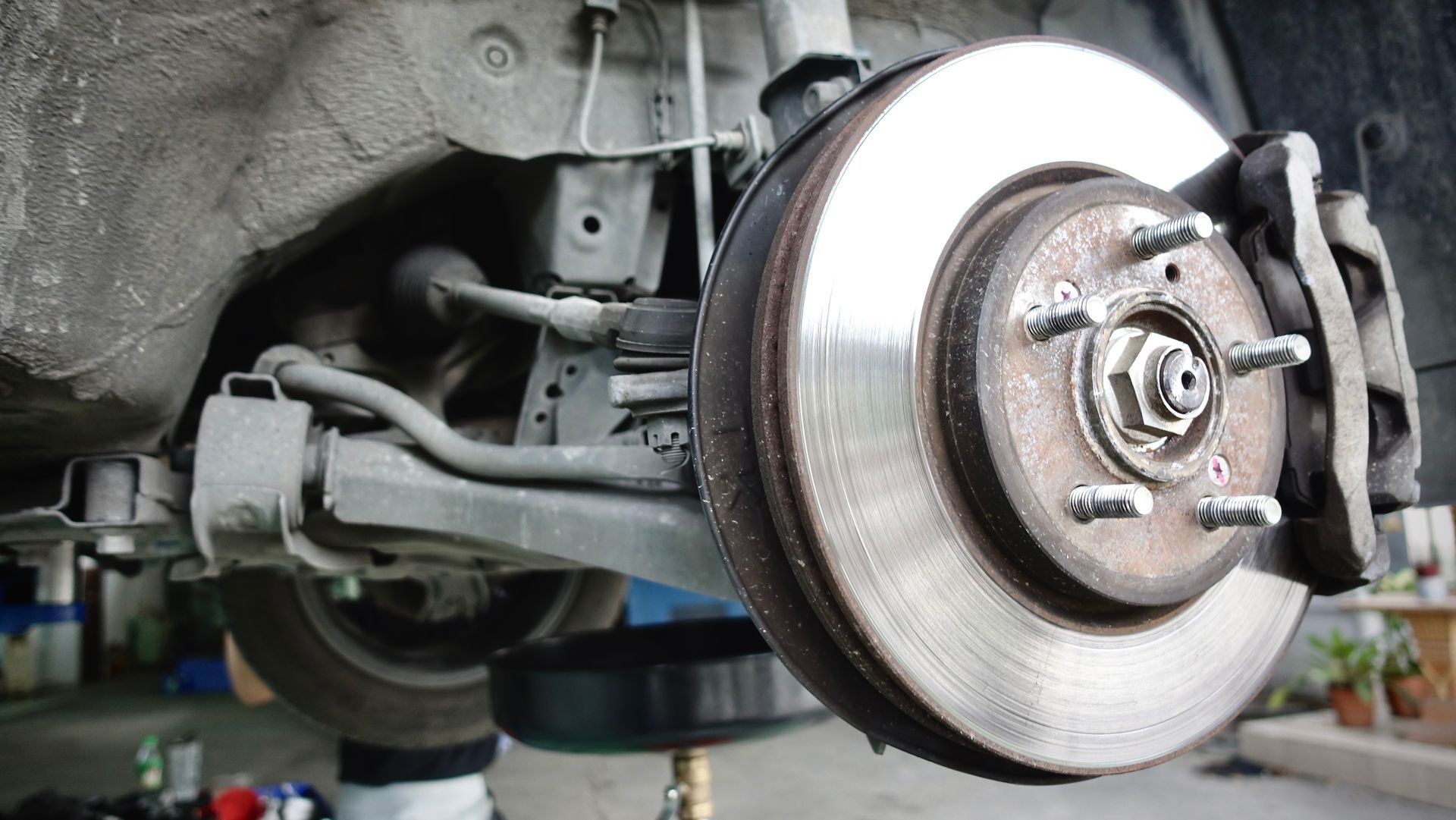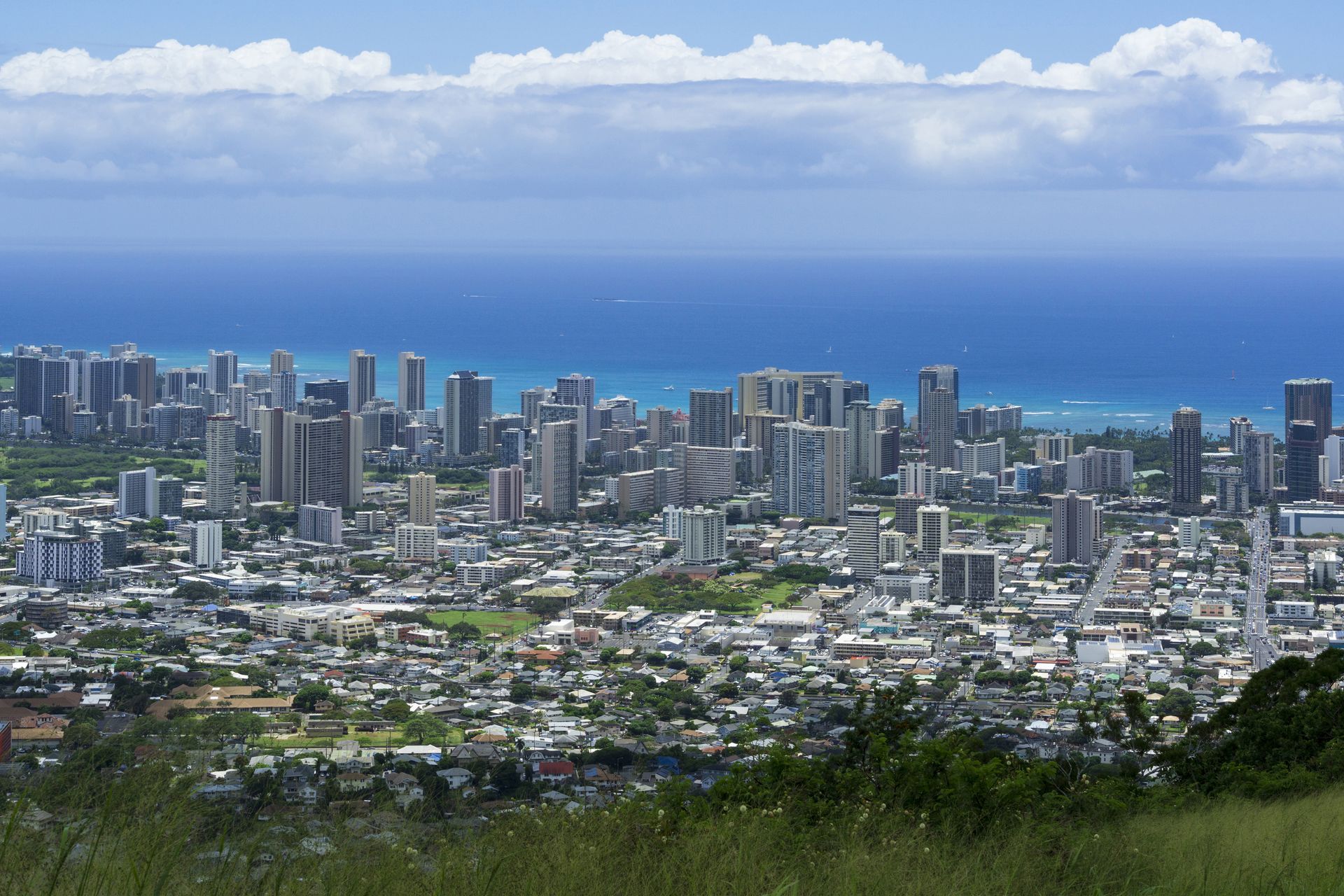Strut your stuff
August 15, 2017
Most motorist are practically unaware what shocks and struts do, or are unaware that they even have them on their vehicle. The fact is that without shocks and/or struts, our vehicles would be dangerous and almost impossible to drive. The shocks and/or struts on your vehicle are very vital toward your vehicles performance, comfort, and safety.
The primary duties of the shock or strut is to dampen the spring movement in your suspension and keep your tires in contact with the surface of the road. If you took all the shocks off a vehicle (on a vehicle with 4 shocks) your car would ride as if you were on a waterbed. After each bump, you vehicle would bounce until gravity stopped the movement. Vehicles equipped with struts would not be capable of moving if the struts were removed.
Your struts and shocks are that important. Worn shocks and struts affect handling, ride, stopping distance while braking, and tire wear.
How long do struts and shocks last and when should I change them?
Since struts and shocks wear out gradually, it normally goes unnoticed that one strut and/or shock has worn out. Quit often, only when the vehicles owner has changed their struts and/or shocks, do they realize how worn their struts and/or shocks were. It’s similar to the gradual, yet significant, change in your eyesight that can occur over time; you might not notice how badly you need a new eyeglass prescription until you take a vision test. We have found that original equipment (O.E.) shocks commonly wear out starting at about 50,000 miles and O.E. struts commonly wear out about 80,000 miles. Please note, struts and shocks can fail at much lower mileages and may even remain functional at much higher mileages.
There are distinguishing differences between your choices for replacement struts and shocks. After-market manufacturers of ride control products (shocks and struts) have developed products that address both handling and ride issues. Shocks and struts that are stiffer will allow the vehicle to handle better through turns and braking but will ride more harshly. Vehicles that have softer shocks and struts will give a smoother ride but may allow the vehicle to “roll” and “sway” through turns and will also dive when braking. Some manufacturers have produced a variable shock or strut, giving the driver the best of both worlds; a smooth ride when cruising and providing noticeable handling benefits when the vehicle is driven more aggressively.
Severly worn struts or shocks will allow the tire to bounce, or dribble, after hitting a bump. Worn struts and shocks will also allow your vehicle to dip forward during hard breaking, affecting both handling and braking performance. When the tire bounces or dribbles, it does not have full contact with the road and breaking distance is increased and control of the vehicle becomes difficult. The stickiest tires in the world won’t steer or stop a car if it’s in the air. Wet weather driving will also be difficult as the roads become slick from the water on the road. Worn shocks or struts will increase the chances of hydroplaning.
There is no definitive number of miles that will let you know how long your struts or shocks will last. In many cases, you will want to replace them as an Improved Performance, or a Preventative Maintenance, measure. Once your struts or shocks fail, vehicles handling can become scary, and sometimes, dangerous.
We have seen a handful of cases where vehicles (with O.E. struts) handling becomes dangerous due to strut failure on vehicles with mileage over 100,000. As your vehicles shocks or struts near the end of their useful life some things that you will notice are excessive road noise or vehicle bounce—especially over a bumpy road. You may also see unusual tire wear such as “cupping”.
A visual inspection of the strut or shock can only reveal leakage or external damage. Because the strut or shock wears on the inside, the only way to tell if it’s good or bad is a test drive, or symptoms given by the customer’s complaint. Watch to see if the front end dives excessively on sudden braking. A good gauge of your shock or struts condition is when you go over a speed bump. If the front of your vehicle continues to bounce after the front tires has cleared the speed bump then there’s a good chance your strut or shock needs replacement.
Don’t expect your vehicles ride to become smoother when you replace your struts on shocks. Worn struts and shocks actually give you a softer (but not safer) ride. Commonly customers are upset when they replace their struts or shocks and find the ride is more harsh. If you replace your struts or shocks and the ride stays the same, you either replace them too soon or used a product at the lower end of the available technology. When replacing struts, don’t over look the strut mount. The strut mount is the turn plate on the top of the strut that carries the full load of that spring. The strut plate commonly wears out consistently with the struts wear. You should always check your alignment after you replace struts and it’s strongly recommended after shock replacement.
We encourage Preventative Maintenance. As your vehicle nears 80,000-100,000 mile range; and if you plan to hold on to it for a year or more, we recommend O.E. strut and/or shock replacement as a preventative measure, and as an improved performance action.
Shocks are reasonably priced. Struts are much bulkier and replace suspension components that vehicles with shocks have, so they are noticeably pricier and require quit a bit of additional labor to replace. Backyard mechanics can, normally, easily replace their own shocks. But, untrained persons who attempt to change struts actually facelife threatening hazards in attempting such a feat.
If your well maintained vehicle is running up in mileage and you prefer keeping your beloved auto verses buying a new high priced model; strut and shocks replacement is well worth the investment. In a time where car payments frequently run $500 and up, a new car payment dwarfs the expense to keep your trusted vehicle; the one you know and trust so well, on our beautiful roads.
*Labor based on TRIAD, a national standard for replacement labor units.
